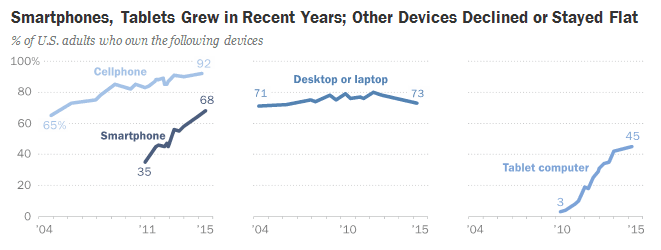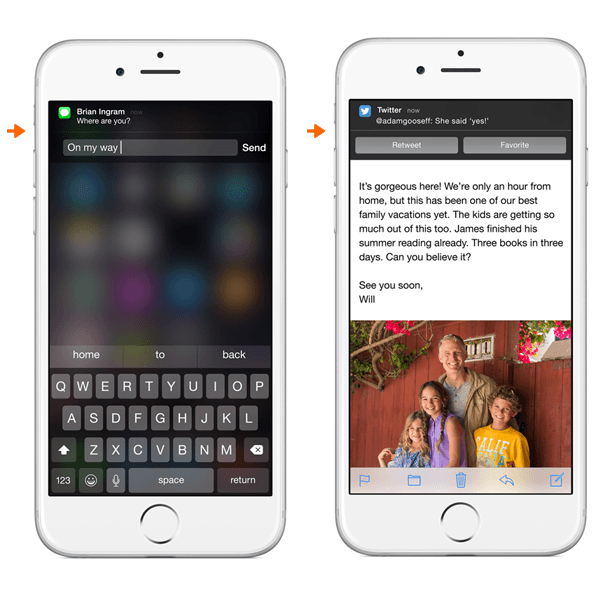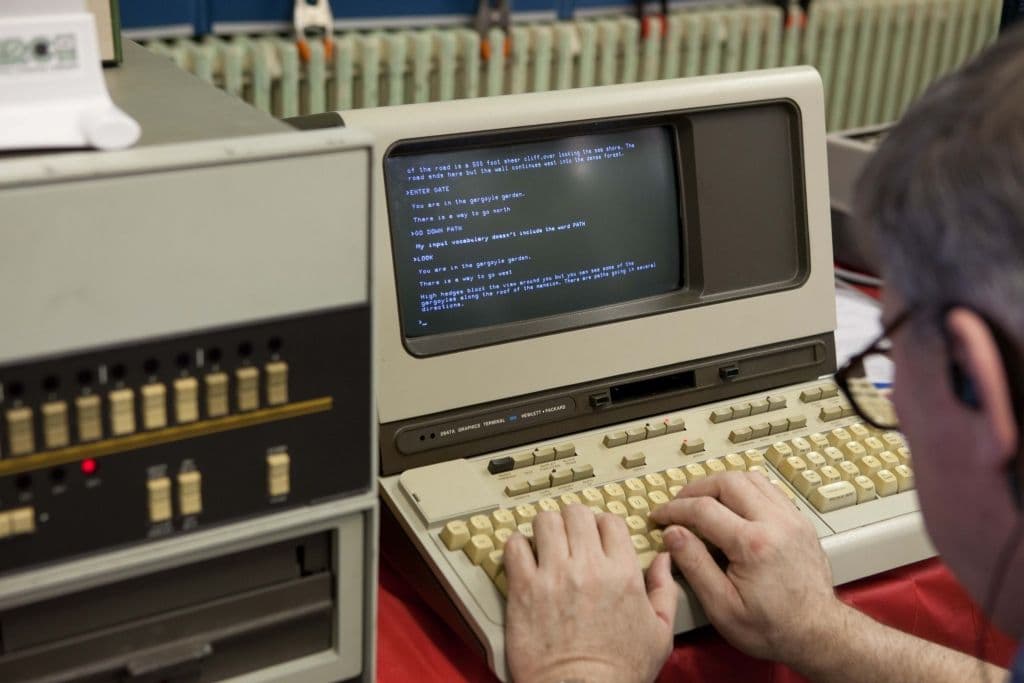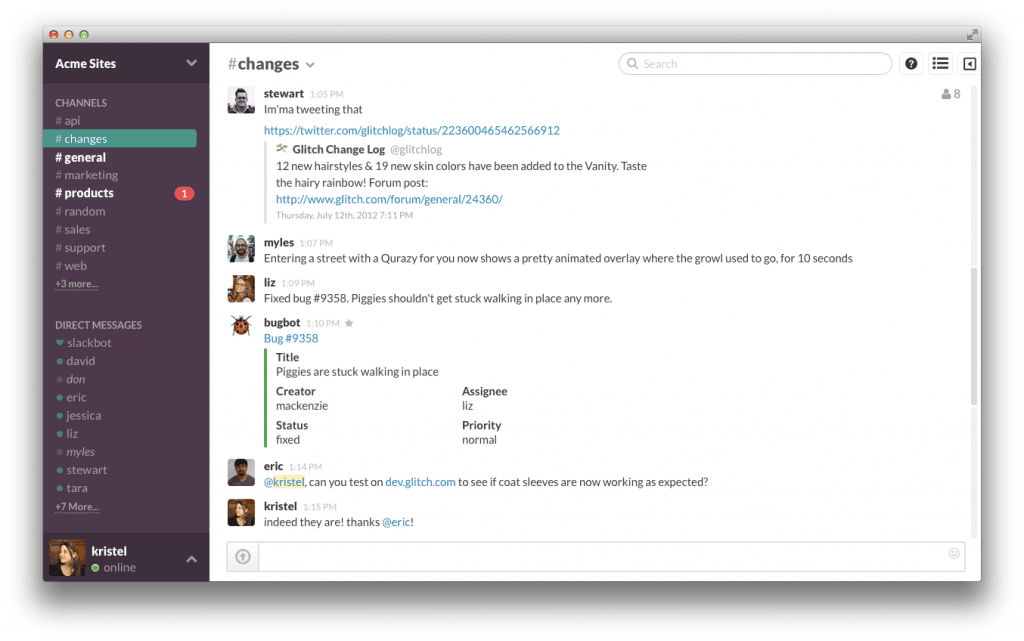Bots and the Command Line Revolution
In a future where bots overtake traditional apps, our digital lives look something like this.
If there was any doubt that 2016 was going to be the Year of the Bot, it was put to rest when Facebook and Microsoft both announced their plans to partner with and promote bot developers. And they’re not alone. Everyone from Google to Amazon and Apple to Slack is making some play in this space, either by building out their own bots or creating incentives for bot developers to come to their platform. There are a lot of big bets being put on this technology. Any time there’s this much money being thrown around, you need to be paying attention.
What Are Bots?
A bot is any application that you communicate with via speech or text in order to execute commands. In a future where bots overtake traditional apps, our digital lives look something like this. You open your messaging app. You type or say, “deliver pizza,” and an AI asks if you want toppings. “Pick up laundry,” and a person (or, a robot) will swing by your house to pick up your dirty clothes. Your smart home pings you with an unlock request when that person shows up. You let them in with a quick text back. This future may seem pretty far off today. Most bots we use are still a little—clunky. They mishear you, get seemingly obvious things wrong, and generally malfunction on a regular basis. That’s led many to dismiss bots as merely another Silicon Valley fad, an exciting prospect in the short-term that simply won’t pan out in the long-term. But the history of computing tells us that huge shifts like this do happen. They happen quickly. And they’re never telegraphed very far in advance. [Tweet “There are a lot of big bets being put on #bot technology. “]
Service-As-An-SMS
The last big shift in computing began around 2007 with the invention of the iPhone. People mocked it at the time, but with the releases of iTunes and the App Store following shortly afterwards, mobile soon took over the field of computing. Now, in 2016, the percentage of Americans who own desktop or laptop computers is virtually the same as it was even before the iPhone. (Source: Pew) The percentage of those with smartphones, on the other hand, has been on a high-growth trajectory ever since 2007. Six billion people are projected to have smartphones worldwide by 2020. Counter-intuitively, this means that it’s time to look for the next innovation. After all, there’s nothing particularly natural or logical about phones with rows and rows of icons that you have to click on to get things done. As Intercom’s Paul Adams puts it, that system is making “less and less sense” by the day. That’s why both Android and iOS are moving towards more condensed, more centralized notifications: Rather than force you to open up iMessage, you can now respond directly to a notification. Get a tweet notification? Retweet or Favorite right from whatever screen you’re on. It’s all part of this trend of “breaking things right down into the individual atomic unit,” Adams says, “including the content and actions.” In other words, erasing the boundary between what we want and how we get it. Bots are a compelling bet partially because phones are fundamentally _for _communicating. A single chat interface through which all other “apps” are routed is not so much a revolutionary idea as an elegant streamlining. Interestingly, it’s also a _reversal _of the most important shift in computing ever: the shift from the command line to the graphical user interface. [Tweet “#Bots are a compelling bet because phones are fundamentally for communicating.”]


Back To The Command Line
At one point, computers behaved a lot like the bots that Facebook and Microsoft and others are betting their companies on. Just compare a computer from 1974 and a Slack channel in 2016 if you want to put modern-day technology in some context: (Source: Wikipedia) (Source: Verge) Command lines were notoriously intimidating and difficult to get the hang of. Slack is the exact opposite—it’s charming, fun, and easy to understand—yet it runs off the same principle. There’s one hub for all of your communications and one text box with which you can manipulate virtually anything. If you want to see where we might be headed, it’s worth taking a look at the Chinese app WeChat: (Source: a16z) WeChat may look like WhatsApp, but it’s more like a operating system. Virtually any task you can imagine can be triggered with a command—here, a user has triggered an interface that lets them set up an appointment with a doctor. Half a billion people use WeChat every month. Its users frequently report spending almost no time in _other _apps because so much of what they need to do can be done in WeChat. Founder of Medium and Twitter Ev Williams has called the internet a “giant machine designed to give people what they want.” Those who can simplify and speed up the machine win—those who try to create new kinds of desires often fail. Rather than scrolling through a list of a hundred apps, spending time organizing them into folders, dealing with different windows and tabs—all artifacts of the computer interface—bots simplify. They turn computation into communication, and therefore they stand to speed that machine up considerably. And that’s why they might just be the next big tech revolution. [Tweet “#Bots turn computation into communication, speeding up how long it takes for people to get what they want.”]




Archana Madhavan
Senior Learning Experience Designer, Amplitude
Archana is a Senior Learning Experience Designer on the Customer Education team at Amplitude. She develops educational content and courses to help Amplitude users better analyze their customer data to build better products.
More from Archana




